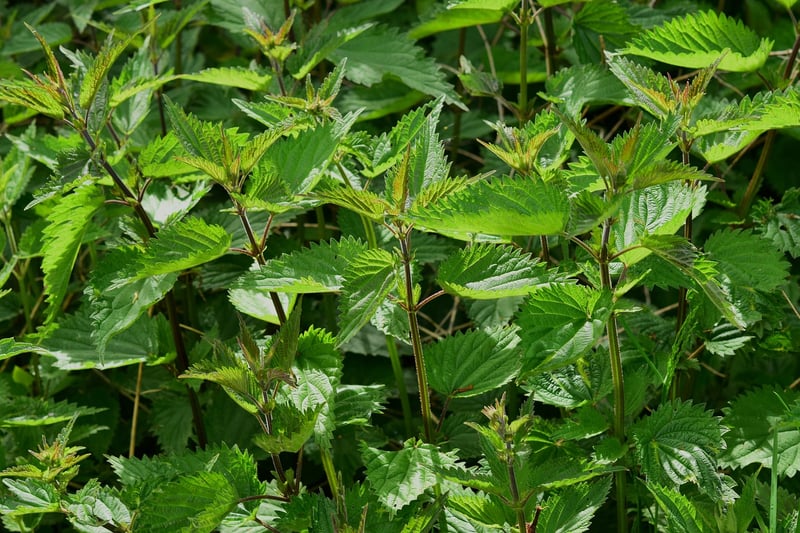Herb Techniques

Expert Tips for Optimal Plant Growth and Herb Techniques
Introduction
Welcome to our guide on achieving optimal plant growth and mastering herb techniques! Whether you are a seasoned gardener or just starting your journey with plants and herbs, these expert tips will help you nurture your green friends effectively.
1. Choose the Right Plants
Before starting your garden, research and select plants and herbs that are suitable for your climate and available sunlight. This ensures that your plants have the best chance of thriving.
2. Provide Adequate Water
Watering your plants correctly is crucial for their growth. Different plants have different water requirements, so make sure to water them accordingly. Overwatering can be as harmful as underwatering, so find the right balance.
3. Use Quality Soil
Good quality soil provides essential nutrients to your plants. Invest in nutrient-rich soil or consider adding organic fertilizers to enhance the soil quality for better plant growth.
4. Ensure Proper Drainage
Proper drainage is essential to prevent waterlogging, which can lead to root rot. Ensure that your pots have drainage holes and use a well-draining soil mix to help excess water escape.
5. Monitor Sunlight Exposure
Plants require sunlight for photosynthesis, but the amount varies by plant type. Place sun-loving plants in areas with direct sunlight and shade-loving plants in spots with filtered light to ensure they thrive.
6. Pruning and Trimming
Regular pruning and trimming help plants maintain their shape, encourage new growth, and remove dead or diseased parts. Use clean, sharp tools to avoid damaging the plant.
7. Herb Techniques
When it comes to herbs, consider the following techniques for optimal growth:
- Harvesting: Pick herbs regularly to encourage new growth and prevent them from flowering, which can affect flavor.
- Pinching: Pinch off the tips of herb stems to encourage bushier growth and prevent legginess.
- Companion Planting: Plant herbs that complement each other together to improve growth and repel pests.
- Drying and Storing: Dry herbs properly for long-term storage by hanging them in a cool, dry place or using a dehydrator.
Conclusion
By following these expert tips for plant growth and herb techniques, you can create a thriving garden full of healthy, vibrant plants and flavorful herbs. Remember to observe your plants regularly, adjust care routines as needed, and enjoy the rewarding experience of nurturing your green companions.
Images source: Pixabay.com